This lusciously thick black currant syrup is made with nothing but whole black currants, sugar and lemon juice. The result is a beautifully thick sauce perfect for topping pancakes and crepes, serving alongside nice cheeses or even making homemade soda.

There are a lot of different ways to make fruit preserves. One of my favourite ways is by cooking the fruit down with sugar into a thick syrup.
There are a lot of benefits to doing it this way. For one it tastes so much better than any store-bought jam. Two, you don't need to mess with added pectin or any gelling agents.
Just sugar, fruit and lemon juice are enough to make this luscious black currant syrup.
Quick Summary
- Mix the currants with sugar and lemon and cook over medium heat (105 C / 220 F) for about 25-30 minutes or until the liquid reduces and any foaming subsides;
- Be careful - it gets very hot;
- The key is to only cook it until it's the right thickness. The right thickness while cooking is a bit thinner than honey - but you won't see the final thickness until it cools;
- Top tip: Once the syrup starts to coat a wooden spoon, take out a few teaspoons and allow it to cool (maybe in the fridge) to see if it's the right thickness. If not, continue cooking and checking.
Jump to:
Recipe Info
This type of fruit preserve is actually really common. The technique can broadly be called confit. Confit with fat is the more recognizable variant, duck confit being the most famous but vegetables like tomatoes are also confit'd.
Besides fat, confit with sugar is also a method of preservation. Fruit confit with sugar means the sugar fully infuses and pushes out the water.
In Romania we make virtually all our fruit preserves using this method and call them dulceață. In this case dulceață de coacăze negre or black currant syrup.
There are culinary analogues in a lot of other countries too. In Russia and other parts of North Eastern Europe there is varenye, different types of fruit preserved in sugar and use for topping syrniki for example.
In Serbia there's slatko, in the Mediterranean there are spoon sweets, and going even further there's murabba which can be found throughout Central Asia, Asia and the Middle East.
Ingredients
There are only three ingredients in this recipe:

- Sugar: Regular white granulated sugar. The sugar reduces down and mixes with the currants to create the syrup.
- Lemon juice: The lemon juice adds a bit of acid which balances the sweetness and enhances the complex flavor notes of the black currant. You'll need about 2 tablespoons give or take so if you have a particularly dry lemon then you may need the juice of two lemons.
- Black currants: Black currants are very flavorful and aromatic plus a great source of antioxidants. I used frozen currants as they're really convenient and cost-effective.
There are white and red currants, R. sativum and R. rubrum, and hybrids between the two. The black currant R. nigrum, is higher in acid than the others, and has a distinctively intense aroma made up of many spicy terpenes, fruity esters, and a musky, "catty" sulfur compound that is also found in sauvignon blanc wines.
Black currants are also notably rich in vitamin C and in antioxidant phenolic compounds as much as 1% of their weight-about a third of which are anthocyanin pigments. Currants are mainly made into preserves, and the French make black currants into a liqueur, crème de cassis.
Harold McGee, On Food and Cooking.

You can also make fruit preserves with other types of fruit, for example maybe you'll like:
Equipment
- Saucepan: A decent sized saucepan so there's no risk of splatter since the syrup gets very hot while cooking. I used a 2.5 liter / 2.6 quart saucepan.
- Instant read food thermometer: An instant read food thermometer helps to determine if the syrup is cooking at the right temperature. This is optional but helpful.
- Glass storage jar: A glass storage jar is helpful for storing the syrup once it's cooked. I used a Kilner clip top glass jar with a capacity of 500 ml / 17 oz which was just the right size for this recipe.
Instructions
It helps to first roughly mix together the currants with the sugar and lemon juice. You can do this right in the saucepan. No need to defrost if you're using frozen currants.

Heat over medium while stirring to move the dissolving sugar from the bottom and replace it with the undissolved sugar from the top.
During the first stage of cooking the sugar need to dissolve fully into syrup. It will also start to take on the color and flavor of the currants. This should take about 10 minutes.

Eventually the mixture will begin to lightly foam as the water evaporates out of the fruit.
During this stage the temperature should be around 105 C / 220 F. Be very careful as it's really hot. Don't give in to the temptation to lick the spoon!
About 15-20 minutes in, you will see it begin to reduce. The foaming will also begin to subside. If you look closely at the currants, you will see they've begun to dehydrate and take on a texture a bit like raisins.
The liquid will also thicken and begin to coat a spoon. Once it does, you can check if the syrup is ready. All in all it should take about 25-30 minutes.

The trickiest part of syrup is getting it the right consistency. You won't know the final consistency until the syrup fully cools.
It also isn't possible to set-it-and-forget-it for a given amount of time because it isn't just a matter of how long you cook but also how big or juicy the fruit is to begin with.
What's the right consistency for syrup?
While cooking: The right consistency while it's hot is a bit thinner than honey. It should coat a wooden spoon and when you stir, you should see the spoon makes channels that stay in the syrup for a second.
After cooling: The right consistency after it's cooled is a little thicker than honey. It should still coat a spoon but pour easily off of it. It shouldn't gel or be hard. If the syrup is too thick after cooking, you can soften it by heating it back up (putting it in the microwave for 15-20 seconds is enough).

If you are in doubt, a good way to check is to take a few teaspoons of syrup out and allow it to cool to see the thickness of the sauce. You can speed it up by popping it in the fridge.
Black Currant Syrup Uses
I made this syrup to go with papanasi - Romanian sweet cheese donuts. It goes really well in place of the traditional blueberry syrup.
Keeping in the sweet realm, this syrup is also perfect for pancakes or crepes.

Since it has a bit of a mildly astringent quality from the tannins in the currants, it goes really well with cheeses especially soft ones like brie, camembert and chèvre or dry aged cheeses like manchego.
Storage
I recommend storing the syrup in a glass jar like a Kilner clip top glass jar.
Although the idea with syrups and fruit preserves is that they also are meant to preserve the food, I still keep mine in the fridge to extend it's shelf life. Stored in the fridge it should keep at least for 1-2 weeks.
- Saucepan: A decent sized saucepan so there's no risk of splatter since the syrup gets very hot while cooking. I used a 2.5 liter / 2.6 quart saucepan.
- Instant read food thermometer: An instant read food thermometer helps to determine if the syrup is cooking at the right temperature. This is optional but helpful.
- Glass storage jar: A glass storage jar is helpful for storing the syrup once it's cooked. I used a Kilner clip top glass jar with a capacity of 500 ml / 17 oz which was just the right size for this recipe.
Recipe

Thick Black Currant Syrup with Whole Fruit
Equipment
- saucepan Around 2.5 liter / 2.6 quart
- Glass jar 500 ml / 17oz capacity
Ingredients
- 500 grams white sugar
- 500 grams black currants
- 2 tablespoons juice of one lemon
Instructions
- Mix the currants with the sugar and lemon juice in the saucepan and put over medium heat.
- Stir as you heat to move the sugar around. The sugar will first dissolve and then begin to foam as water evaporates (10 minutes).
- Continue cooking and stirring. The temperature should be around 105 C / 220 F.
- After 20 minutes, the syrup should begin to thicken.
- After 25-30 minutes the syrup should be thick enough to coat a spoon and has a consistency almost as thick as honey. See recipe post for tips on checking if it's the right thickness.
- Remove from heat and put in a jar to store.
Nutrition
Related
Looking for more recipe inspiration? Maybe you'll like one of these:

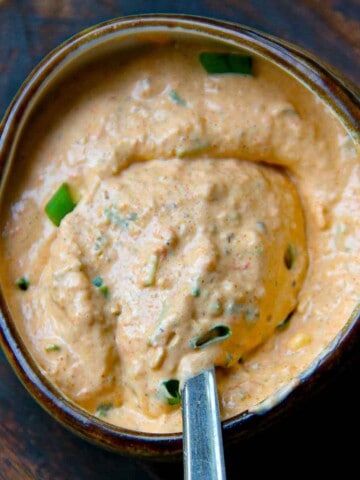
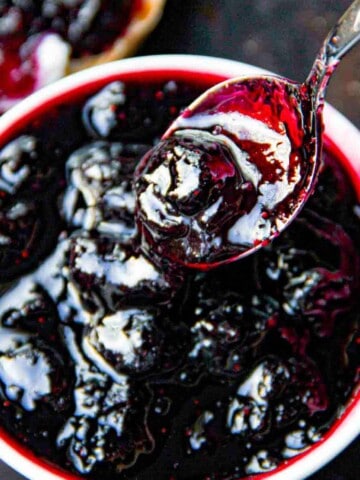
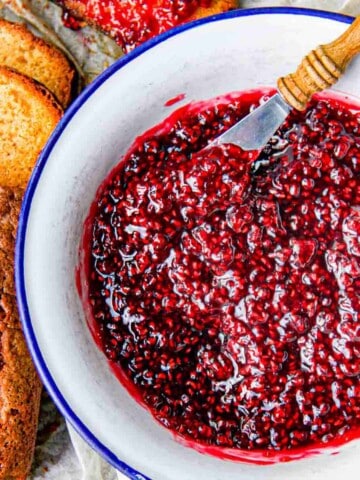
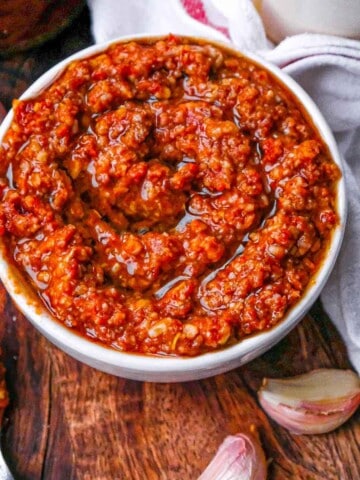
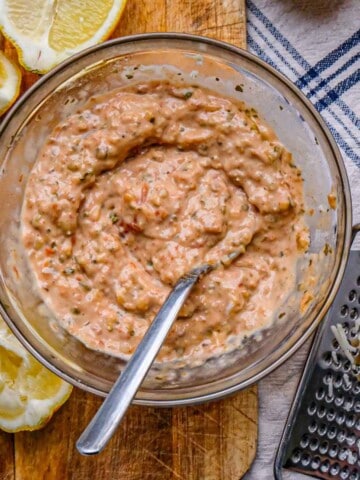
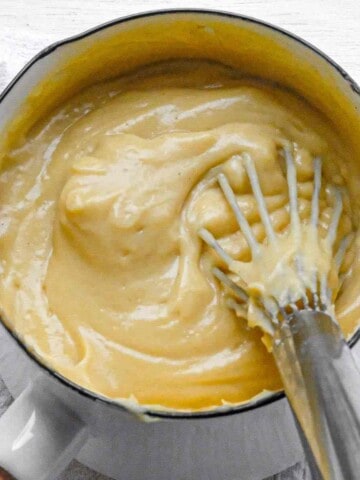
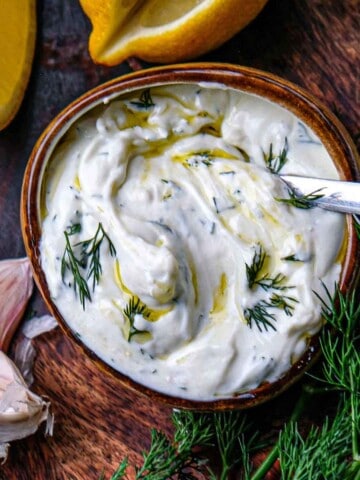
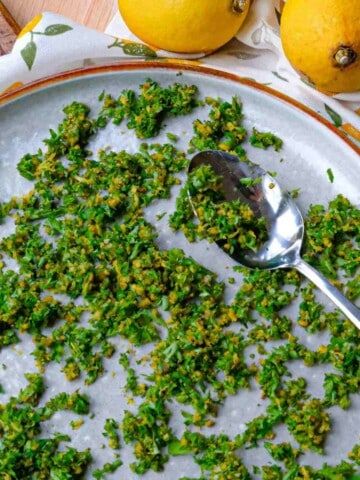
Comments
No Comments